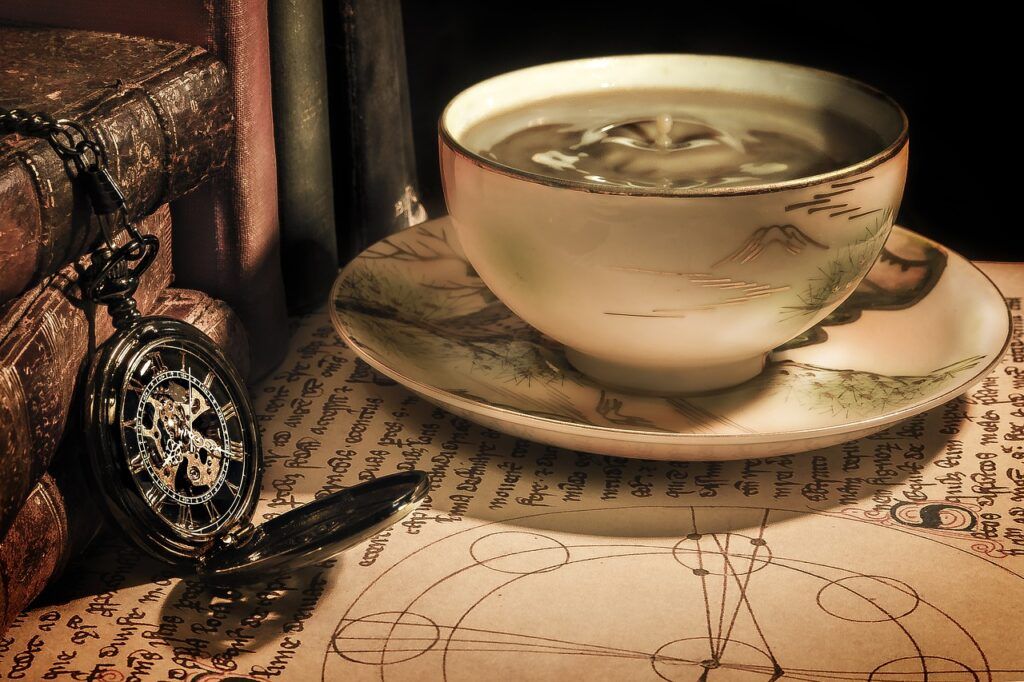Whether you are a coffee enthusiast, a coffee connoisseur, coffeeholic or simply a coffee lover, one thing everyone agrees to is the significance of brewing your coffee and its effect on the taste! This is one area we all tend to get very particular about. That’s because the creation and processing of your coffee beans aside, brewing is the most important and default step to “making” your coffee whether at home or at a café! There are multiple ways of brewing coffee, some are professional and some more at-home procedures. However according to mechanical similarities brewing can be branched into different methods.
These divisions are based on the coarseness or fineness of the beans. Extra coarse grounds are used for cold brews, coarse grounds are used in brews like French Press brewing, medium-coarse grounds are used for Chemex or clever drippers, medium grounds are used for a medium drip coffee, medium-fine grounds turn out great for pour overs ad siphon coffees, fine grounds are classically used for espressos and super fine grounds are used for coffees like the Turkish coffee.
Usually the extraction time of your coffee in brewing will increase with the size of your grains i.e. the bigger the grains the more the extraction time.
Now there are multiple types of brewing to fit to your desires of the day. There is the Dripping Cone process, the Espresso press, the French press, the Siphon, the Chemex style, the Aero-press, the Stovetop Moka pot and others. How you push the water through your grind creates a difference too.
The classic Dripping brew method involves pulling out cold filtered out water from reservoirs and then following it up with heating the same water with adequate pressure for it to be siphoned in through the machine. This hot water then passes through the paper filter’s freshly ground beans to create an aromatic fresh brew.

Except some espressos like the Ristretto
Espresso is another much loved brew created by finely ground powder running through pressurized water. Espresso beans are roasted for a competitively longer time which ensures a richer taste and creamier taste and brewing becomes a swift and professional process. Traditional espressos are brewed naturally by water in great pressure except some espressos like the Ristretto.
Aeropress is another famous brewing style. This is an immersion brew where the coffee powder is put to steep for around a few seconds to a whole minute. This is followed up by pressing it with good pressure from a filter through pushing a plunger from a tube. There are paper Aeropress filters as well as thin metallic brewing filters looking like discs.
The French Press is another classic immersion brewing method. Its name has come from the 19th century plunger pot that was invented in France. This was known by other names like the coffee plunger, plunger pot and as melior. The French press involves a plunger with a pot where hot water is plunged and pushed through a filter screen where freshly ground coffee is there which brews to a thick and earthy tasting cup of coffee.
Pour over is another method of coffee brewing . It tastes distinctly different from drip brewed coffee due to the different brewing styles. In this method, the grounds are placed inside a funnel which is placed on top of a cup or a carafe. This is followed by making hot water which is then quickly poured over the same funnel over the ground coffee powder. This makes the coffee bloom making them release their flavour in the ground.

The Chemex method is comparatively more similar in taste, body, aroma and mouthfeel to the drip brewing method. Also, like the Drip method the Chemex method involves the trick of infusion for a perfect brew. The speciality of Chemex brewing is that the filters are around 20 to 30% more thick here than in all other pour over methods. This automatically results in a distinct exuberance in its taste and a slower brew is to be expected. The coffee is ground much more coarsely in this method and the dipping action is what consumes some time.
A cold brew is yet another brewing type. The actual catch in a Cold Brew is the time element involved. In order to make a cold brew coffee you need to place your ground coffee in an adequate amount of water and then leave it to be cooled and settled overnight and sometimes for as long as 24 hours for good results. Then the act of filtering or straining follows to clear the extra coffee and then served.
Cold brew bottle is a subtype of this version of brewing. In this method you bottle up water and coffee. The coffee should be ground in a medium to fine size which makes it look like granulated sugar crystals. This mixture should then be put in the refrigerator for about 8 to 12 hours to reach the perfect taste. The result comes in the form of a smooth fizzy coffee.

The Siphon brewing is a unique type of brewing style. A Vacuum Coffee Maker (Siphon) is the essential machinery for this kind of an immersion brewing method. Brewing is done by putting the coffee in two chambers where the vapour pressure and vacuum work on the coffee. The siphon works by simultaneously heating and cooling the water gases in the carafe to the infusion chamber back to back till the desired result is received. This results in a perfect cup of finely brewed coffee.
There are other methods like the milk art brew, the New Orleans Style Iced method and the Channi method and many other regional ones with addition of flavor and different straining machinery or styles too. However the above mentioned ones sum up the main branches that are practiced worldwide.
Brewing is deeply personal way of coffee making and every cup of coffee you brew should leave a statement of you in it along with the beauty of its taste…!

